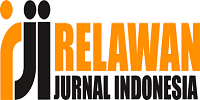Pengaruh Parent Management Training terhadap Pengetahuan Ibu dalam Menghadapi Perilaku Tantrum pada Anak Usia Prasekolah
DOI:
https://doi.org/10.46963/mash.v6i02.863Keywords:
Parent Management Training, Tantrum Behavior, Early ChildhoodAbstract
Tantrums are excessive emotional outbursts by a person when his desires are not fulfilled, especially in preschool children. This can happen because of the immediate environment and the parenting style. This study aims to figure out the effect of Parent Management Training (PMT) on increasing maternal knowledge of dealing with tantrums in preschool children. This study was conducted on parents aged 25–40 who had children aged 3-5 years. This is experimental research with a one-group pretest-posttest design. The training instruments used were the PMT module and worksheet. Meanwhile, the data were collected using tests, observations, interviews, and Focus Group Discussion (FGD) which refers to the tantrum behavior scale. The data was then analyzed using two related sample tests with Wilcoxon tests assisted by SPSS 22 software. The results showed that the value of Z was -2.803 with a significant test value (p) (Asymp. Sig. 2 tailed) of 0.00, which was less than 0.05 (p<0.05). Accordingly, the research hypothesis is accepted. Thus, PMT has a significant influence on reducing tantrum behavior in preschool children.
Downloads
References
Borba, M. (2009). The Big Book Parenting Solution. Jo. Jossey-Bass A willey Imprint. Imprint Press.
Calzada, E., Eyberg, S., Rich, B., & Querindo, J. (2004). arenting Disruptive Preschoolers: Experiences of Mothers and Fathers. Journal of Abnormal Child Psychology, 32(2), 203-2013. Retrieved from www.pcit.phhp.ufl.edu/Literature/CalzadaEybergRich2004
Chaplin, J. P. (2009). Kamus Lengkap Psikologi (terjemahan). Depok: Rajagrafindo Persada.
Corey, G. (2007). Teori dan Praktek Konseling & Psikoterapi. (E. Koeswara, Trans.) Bandung: Refika Aditama.
Fetsch, R., & Jacobson, B. (2007). Children Anger and Tantrums. Colorado State University Extension. Retrieved from www.ext.colostate.edu
Mireault, G., & Trahan, J. (2007). Tantrums and Anxiety in Early Childhood: A Pilot Study. Early Childhood Research & Practice Journal (ECRP), 9(2). Retrieved from https://ecrp.illinois.edu/v9n2/mireault.html
Muzakkir. (2008). Terapi Musik Melalui Metode Orff: Studi Kasus Program Terapi pada Anak yang Mengalami Temper Tantrum di Cimahi Jawa Barat. Didaktika Jurnal Kependidikan, 4(2).
Nasional, D. P. (2013). Kamus Besar Bahasa Indonesia Pusat Bahasa (4 ed.). Jakarta: Gramedia Pustaka Utama.
Nichols, J., & Shadily, H. (2002). Kamus Inggris Indonesia: An English-Indonesian Dictionary. Jakarta: Gramedia Pustaka Utama.
Nurita, S. (2012). Pendekatan PCIT (Parent-Child Interaction Therapy) pada Anak Laki-laki Usia Sekolah dengan Masalah Perilaku Disruptive. Depok: Universitas Indonesia.
Papalia, D. E., Feldman, R. D., & Martorell, G. (2012). Experience Human Devepment. New York: McGraw-Hill.
Perez, J. (2008). Predictors of Patterns of Change in Child Disruptive Behavior and Parenting Stress During Parent-child Interaction Therapy and Its Relation to Treatment Outcome. University of Florida.
Rita, E. (2005). Mengenali Permasalahan Perkembangan Anak Usia TK. Jakarta: Departemen Pendidikan Nasional.
Salkind, N. J. (2002). Child Development. New York: Macmillan Reference.
Schroeder, C., & Gordon, B. (2002). Assessment and treatment of Chilhood Problems (2 ed.). New York: The Guilford Press.
Sundel, M., & Sundel, S. S. (2005). Behavior Change in Human Service : Behavioral and Cognitive Principles Applications. Thomson Learning Academic Resource Center.
Syamsudin. (2013). Understanding Tantrum Behavior and How to Solve it. Information, 18(02), 73–81.
Wulandari, A. (2013). Pelatihan Komunikasi Efektif untuk Meningkatkan Pengetahuan Ibu dalam Mengatasi Tantrum pada Anak Usia Prasekolah. Depok: Universitas Indonesia.
Downloads
Published
Issue
Section
License
Copyright (c) 2023 Lailatul Izzah

This work is licensed under a Creative Commons Attribution-ShareAlike 4.0 International License.
Authors who publish with this journal agree to the following terms:
1. Copyright on any article is retained by the author(s).
2. The author grants the journal, right of first publication with the work simultaneously licensed under a Creative Commons Attribution shareAlike 4.0 International License that allows others to share the work with an acknowledgment of the work’s authorship and initial publication in this journal.
3. Authors are able to enter into separate, additional contractual arrangements for the non-exclusive distribution of the journal’s published version of the work (e.g., post it to an institutional repository or publish it in a book), with an acknowledgment of its initial publication in this journal.
4. Authors are permitted and encouraged to post their work online (e.g., in institutional repositories or on their website) prior to and during the submission process, as it can lead to productive exchanges, as well as earlier and greater citation of published work.
5. The article and any associated published material is distributed under the Creative Commons Attribution-ShareAlike 4.0 International License

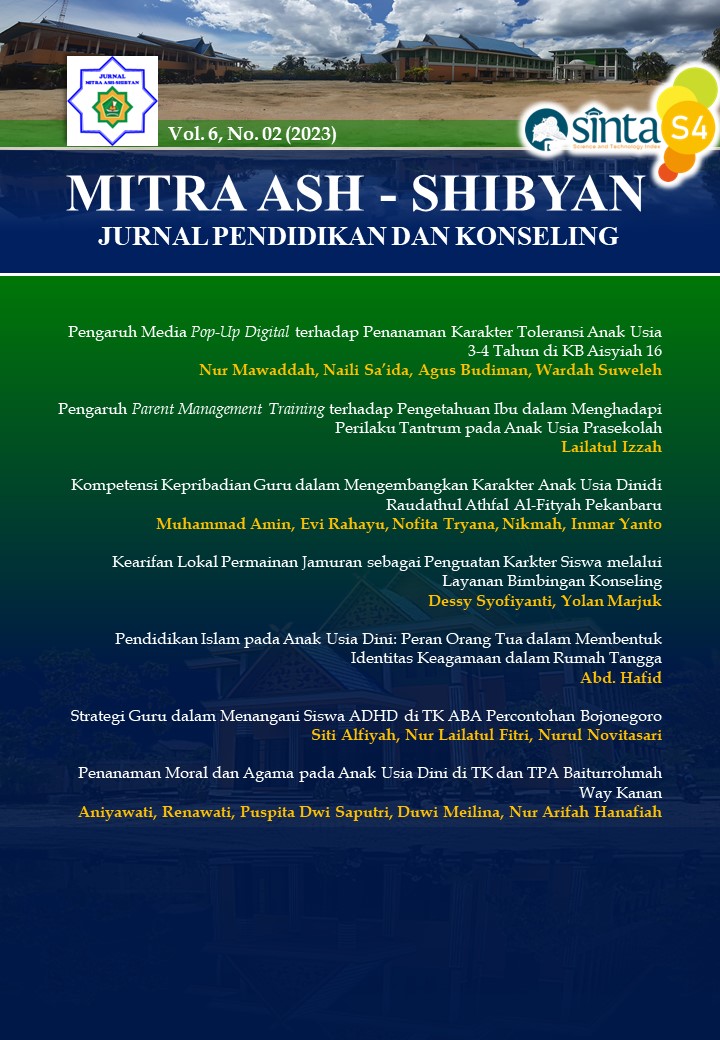
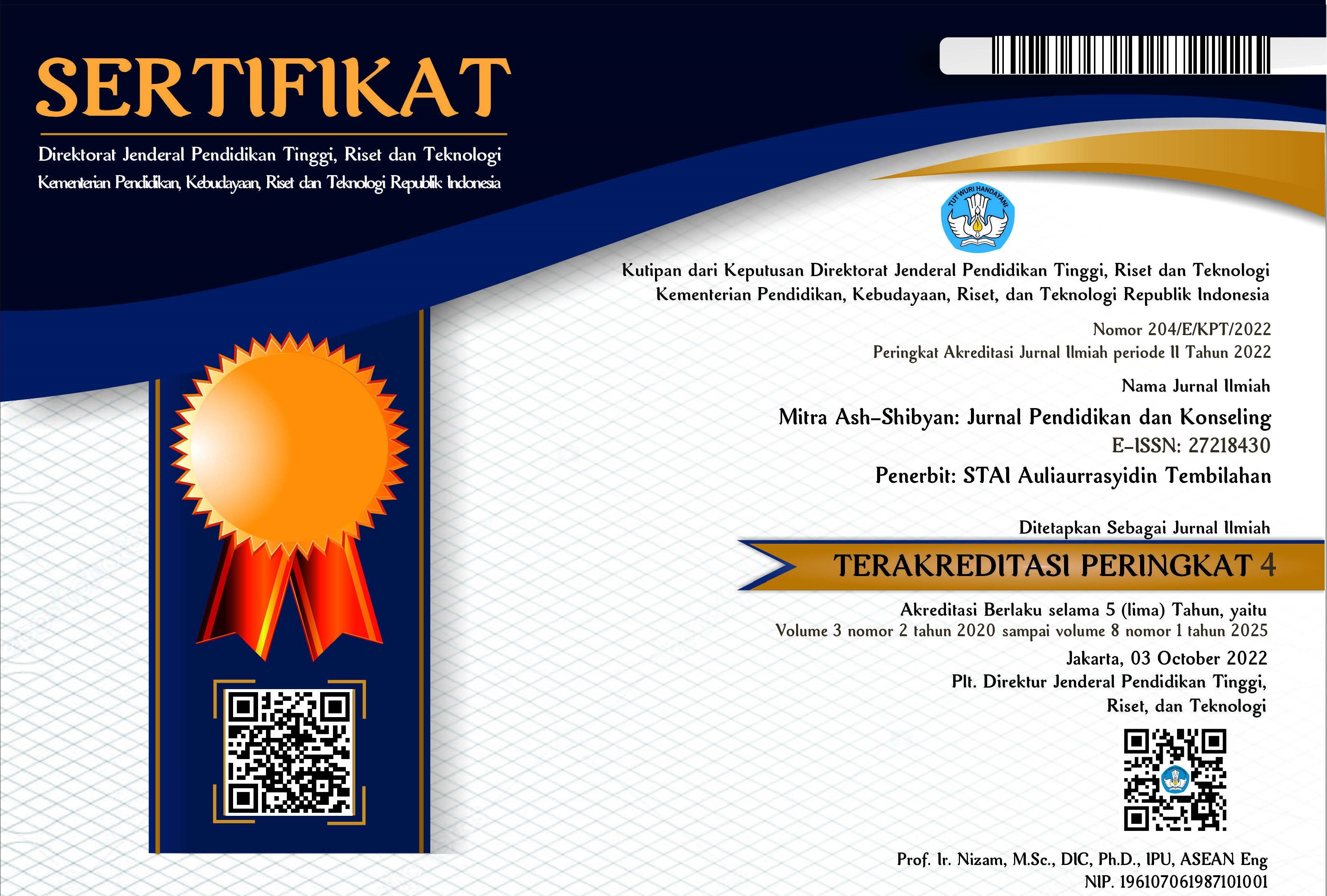

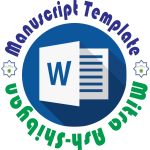
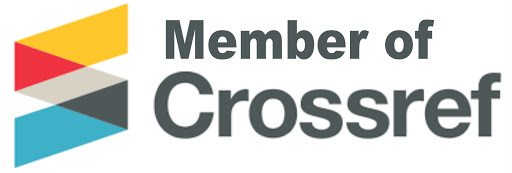
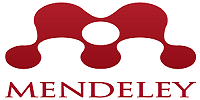
2.png)
